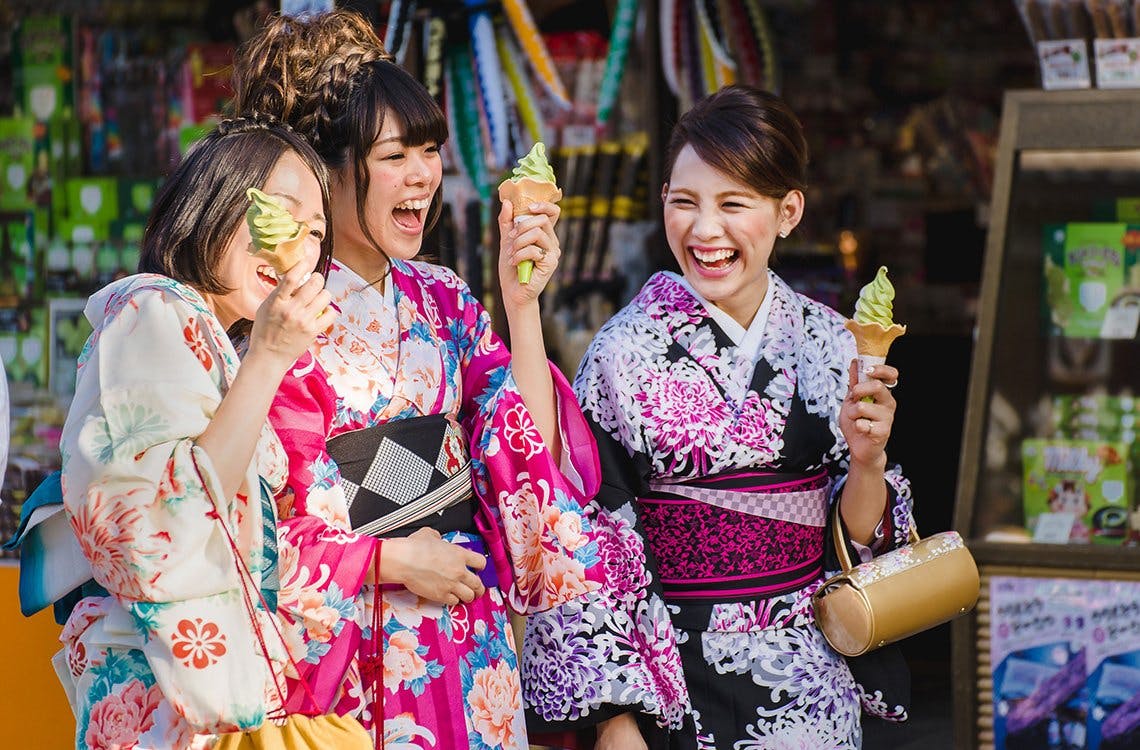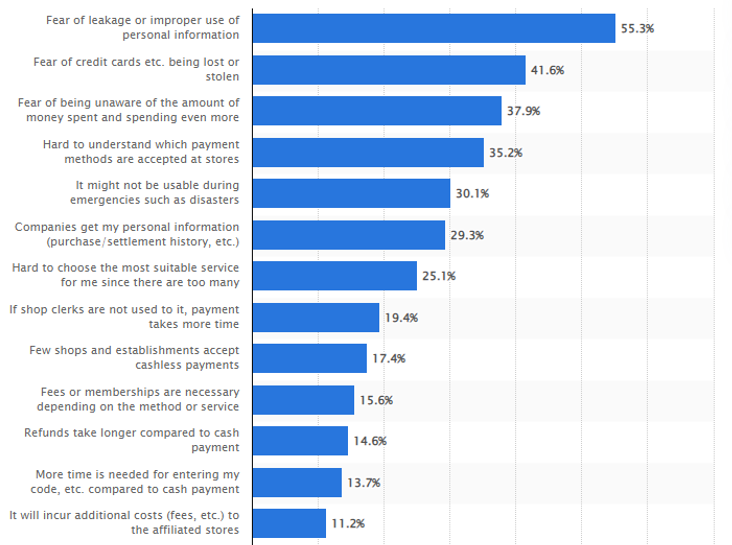
Why Japan Prefers Cash
Despite recent changes in consumer behaviour and ongoing campaigns to encourage the use of cashless options, Japan remains a cash-driven culture.
In a survey conducted in early 2021 by Statista, more than 90 percent of respondents named cash as their most-used payment method. This is despite 28 percent saying their cash use has decreased during the pandemic. The leading non-cash option is credit cards, with more than 290 million cards issued in 2020 and card ownership being especially prevalent among older age groups. Around 70 percent of respondents reported using credit cards, with e-money, debit cards and QR code payments the next most-used cashless options.
Assessing the reasons why Japanese consumers prefer cash, Statista notes its security and reliability are highly valued. Over 55 percent of respondents cited concerns over personal information leakage as being a major drawback of cashless options. Nearly 42 percent worried about credit cards and account details being stolen—which could allow thieves to run up huge bills in their name—and around 38 percent said cashless options made them less aware of the amount of money they are spending, increasing the risk of spending too much.

Leading Concerns Regarding the Use of Cashless Payment Methods in Japan, December 2020, Statista
Cash is also treated with great respect in Japan. This was highlighted recently when Austrian-Japanese model and former Terrace House presenter Reina Triendl said her ‘ideal man’ would own a bifold wallet. In its coverage of the subsequent discussion on social media, Japan Today noted bifold wallets allow more space for cash and help keep banknotes neat and uncreased. It cited a book by accountant Junichiro Kameda—Why Wealthy People Use Long Wallets—as one source of information on the importance of careful handling of cash, which the author believes ‘will help people appreciate their money and control their spending’.
